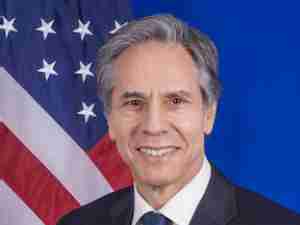“Bundled” Asset Approach Could Lead To Influx Of Private Capital For Infrastructure Sector, Says S&P
posted by AJOT | Feb 02 2017 at 08:05 AM | International Trade
NEW YORK (S&P Global Ratings) - In the ongoing debate over the need for global infrastructure investment, the focus generally falls on the financing gap and the hundreds of billions of dollars that need to be deployed to fill it. But while huge--often unfathomable--numbers make for great headlines, this big-picture discourse often falls short of discussing practical, real-world approaches to the problem, according to a new report published by S&P Global Ratings.
In this light, the report titled "Bundling: A Growing Trend As Stakeholders Look To Unlock The Potential Of The Infrastructure Asset Class," outlines some of the bundling credit aspects observed in our ratings of a selection of "bundled" infrastructure asset financings across different asset classes. In doing so, the report also highlights the analytical approach used in ratings in this sector.
"Such bundling of infrastructure assets is gaining momentum, driven by the needs of the diverse group of stakeholders involved in the supply, funding, construction, and maintenance of infrastructure," said S&P Global Ratings credit analyst Trevor D'Olier-Lees.
"This includes governments and their constituents, institutional investors, and vendors such as contractors, and equipment suppliers. Each of these stakeholders has different needs and, hence, motivations. This has led to widespread use of bundling in the private sector, as well as growing interest in bundled P3 opportunities," said Mr. D'Olier-Lees."
The concept of asset bundling is not new. Corporate vehicles that aggregate assets are well established. There have been instances where governments have packaged assets into a single financing to meet scale requirements or to improve credit strengths by attracting larger, more experienced contractors.
And while bundling can complicate the credit analysis of a transaction, we've observed that it can also, when executed, lead to the opening of new sources of capital for infrastructure.
Bundled infrastructure transactions come in a number of flavors, and, we fully expect more structures to be developed as stakeholder needs evolve.









